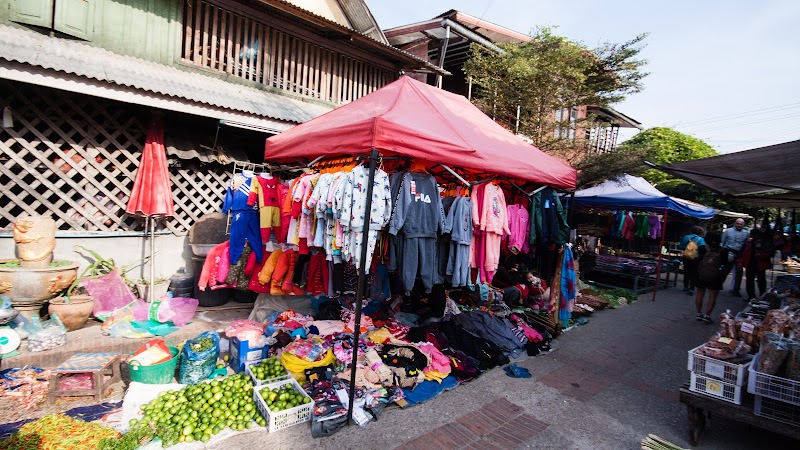Nevertheless, this market is still one of our favorite as there is a huge range of products being sold. For non-edibles, there are bags, clothes, souvenirs such as magnets or paintings. For edibles, there is a wide variety of food being sold – hot soup with noodles, baked or raw fish, crackers and seaweed, chilli pastes, fruits and smoothies, and even exotic food such as mice or frogs! Some locals do get their daily shopping for vegetables and produce here as well.
Best to go early in the morning when the sun is not blazing hot. Also worth noting that by 1030am, the vendors would be starting to pack up, so better be there early!


